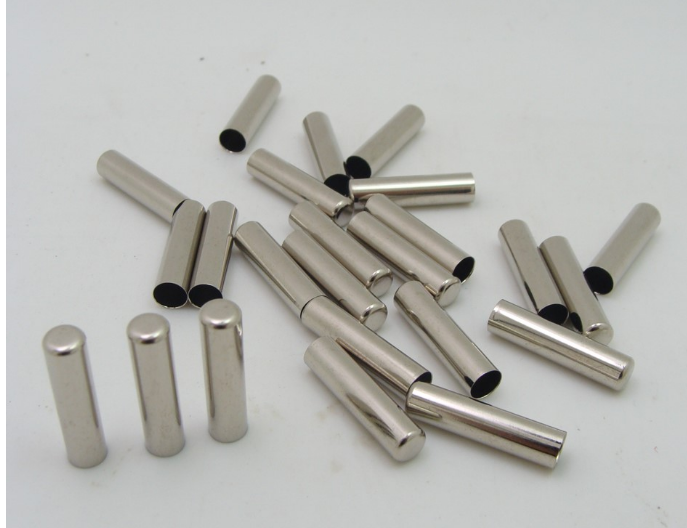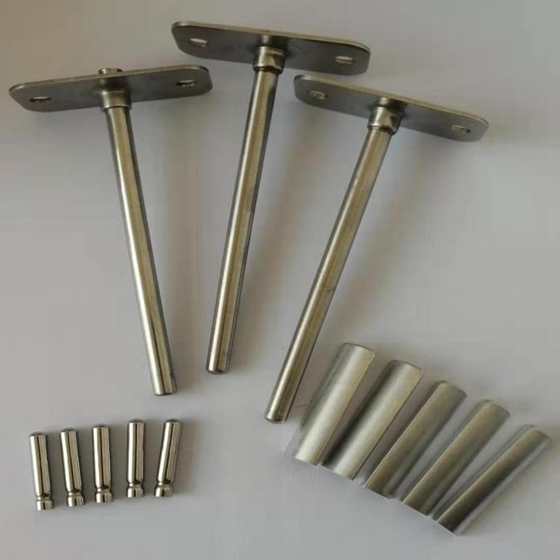Metal stamping is an essential manufacturing process in industries that require precision, durability, and cost-efficiency. Deep drawn parts, in particular, have become highly favored for their ability to produce complex, high-strength components with minimal material waste. But why are these parts so advantageous, and how can businesses benefit from integrating deep drawn solutions into their production processes?
What Are Deep Drawn Parts?
Before diving into the advantages, it's essential to understand what deep drawn parts are. These components are created using a metal stamping process where a flat sheet of metal is progressively formed into a desired shape through a series of dies. The term "deep drawn" refers to the depth of the part, which is typically greater than its diameter. This method is commonly used for producing components such as enclosures, automotive parts, and electrical housings.
Key Advantages of Deep Drawn Parts
1. Cost-Efficiency in Mass Production
One of the standout advantages of deep drawn parts is their cost-effectiveness when manufacturing at scale. Once the dies and tooling are created, deep drawing enables the high-speed production of identical parts. Since the process requires minimal material waste, businesses can save on raw material costs. Additionally, deep drawn parts often require little to no secondary machining, reducing overall production expenses.
2. Strength and Durability
Deep drawn parts are known for their exceptional strength. The metal undergoes a cold-forming process that enhances its structural integrity without compromising its flexibility. This results in highly durable components capable of withstanding harsh conditions, making them ideal for industries such as automotive, aerospace, and electronics.
3. Design Flexibility and Complex Shapes
One of the most significant advantages of deep drawing is its ability to create complex shapes that would be challenging or impossible with other methods. From cylindrical to rectangular forms, deep drawn parts offer great design versatility, allowing engineers to innovate without compromising on functionality. This makes them highly suitable for customized solutions.
4. Seamless Construction
Deep drawn parts typically have no seams or joints, providing a smooth, continuous surface. This feature is crucial in applications where a leak-proof or airtight component is needed, such as in fuel tanks or electronic enclosures. The absence of welds or joints also improves the overall strength and aesthetics of the part.
5. Material Versatility
Deep drawn parts can be made from a wide range of materials, including stainless steel, aluminum, copper, and brass. This flexibility ensures that the chosen material aligns with the specific application, whether it requires corrosion resistance, electrical conductivity, or lightweight properties.
6. Improved Aesthetic and Surface Finish
Since deep drawing is a cold-working process, the surface finish of the part is usually of high quality, eliminating the need for extensive post-processing. Businesses that require visually appealing components, such as consumer electronics, benefit significantly from the polished appearance of deep drawn parts.
7. Environmental Benefits
Deep drawing is considered an environmentally friendly manufacturing method due to its minimal material waste. With companies striving to reduce their carbon footprint, using deep drawn parts supports sustainability efforts by optimizing material usage and reducing scrap.
Applications of Deep Drawn Parts in Various Industries
- Automotive: Deep drawn parts are commonly used in the production of fuel tanks, suspension components, and heat shields.
- Aerospace: Lightweight yet strong parts are critical in aerospace applications, including engine components and structural housings.
- Electronics: Deep drawn metal housings provide essential protection for sensitive electronic components, ensuring they operate safely and reliably.
- Medical Devices: The precision and cleanliness of deep drawn parts make them ideal for producing sterile medical instruments and equipment.
How to Choose a Deep Drawn Parts Manufacturer
Selecting the right deep drawn parts manufacturer is essential for ensuring high-quality production and long-term cost savings. Here are key factors to consider:
- Experience and Expertise: Look for a manufacturer with extensive experience in deep drawn metal stamping, particularly in your industry.
- Customization Capabilities: Ensure the manufacturer can provide tailored solutions that meet your specific design and material requirements.
- Quality Control: Ask about their quality control measures, including certifications such as ISO 9001, to guarantee consistency and precision in production.
Why Horle for Custom Deep Drawn Parts Solutions?
At Horle, we specialize in providing high-quality deep drawn parts for various industries. Our advanced manufacturing facilities and skilled team ensure that we deliver precision components that meet your exact specifications. Whether you need custom shapes, durable materials, or high-volume production, Horle has the expertise and resources to bring your project to life.
Conclusion
The advantages of deep drawn parts are undeniable, from cost savings and durability to design flexibility and environmental benefits. For businesses looking to streamline their manufacturing processes and produce high-quality, customized components, deep drawn metal stamping is a smart choice. By partnering with an experienced manufacturer like Horle, you can unlock the full potential of deep drawn parts and elevate your production efficiency.
For more information on how our deep drawn parts can benefit your business, contact Horle today for a custom solution tailored to your needs.








